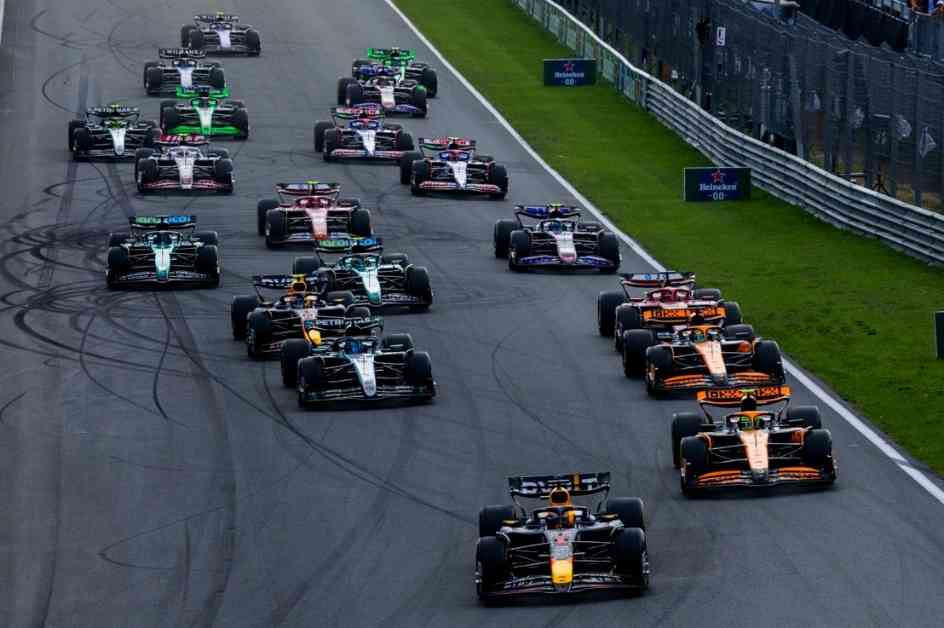McLaren is gearing up for the Italian Grand Prix at Monza with a renewed strategy to avoid a repeat of the slow starts that plagued Lando Norris and Oscar Piastri at the recent Dutch Grand Prix in Zandvoort. The team believes it has identified the root causes of these poor getaways and is confident that they have addressed these issues ahead of the upcoming race.
In Zandvoort, Norris and Piastri started from first and third on the grid respectively but both experienced sluggish starts, losing positions early in the race. Despite this setback, Norris was able to make a stunning comeback, using his grip and top-speed advantage to re-pass Max Verstappen and secure a dominant win. On the other hand, Piastri struggled to make up ground and remained stuck in traffic for most of the race, ultimately missing out on a podium finish.
This was not the first time McLaren had encountered problems with its starts, as Norris also lost his lead at the beginning of the Spanish Grand Prix in Barcelona earlier in the season. However, after a thorough review of the issues faced in Zandvoort, McLaren team boss Andrea Stella is confident that the team has identified the factors contributing to their slow starts and believes they have taken steps to rectify these issues for the Italian Grand Prix.
Stella explained, “We have faced issues of different kinds. In Zandvoort, it didn’t have to do at all with the drivers. I think it was more in the preparation of the tyres that we were not in condition to maximise the grip. Some other times it was more to do with optimisation of some other parameters, or in the execution. There are often more factors that you need to optimise in their entirety.”
Despite locking out the front row in Monza after a tight qualifying battle with Mercedes and Ferrari, McLaren is not resting on its laurels and understands that there are many variables that could impact the outcome of the race. Stella emphasized the importance of capitalizing on a good qualifying position, highlighting factors such as the start, slipstream, and tire behavior as key considerations for the team.
He noted, “There is uncertainty on what the behavior of the hard tires will be and on the medium tires, the tendency has been for the tires to grain at some stage. We carry a level of uncertainty into the race, which will make racing more exciting. This is good for Formula 1, this is good for the spectators. We would like to have a boring race if it was up to us, but I don’t think it’s going to be a boring race at all.”
With the rules of engagement between Norris and Piastri crystal clear, especially given the chaotic nature of Monza’s Turn 1 chicane at race starts, McLaren is focused on ensuring both drivers navigate the opening corners safely. Stella highlighted the importance of racing with caution, particularly when encountering teammates on track.
“In terms of approaching the first corner, our recommendation is always the ‘racing with the papaya rules’. You are always careful with any other competitor, but if the car is papaya you take even extra care, because we need to make sure, especially the car being so competitive, that we see the chequered flag.”
As McLaren prepares for the Italian Grand Prix, the team is optimistic about their chances but remains aware of the challenges that lie ahead. With a comprehensive review of their previous issues and a clear strategy in place, McLaren is poised to tackle the unique demands of the Monza circuit and deliver a strong performance on race day.
